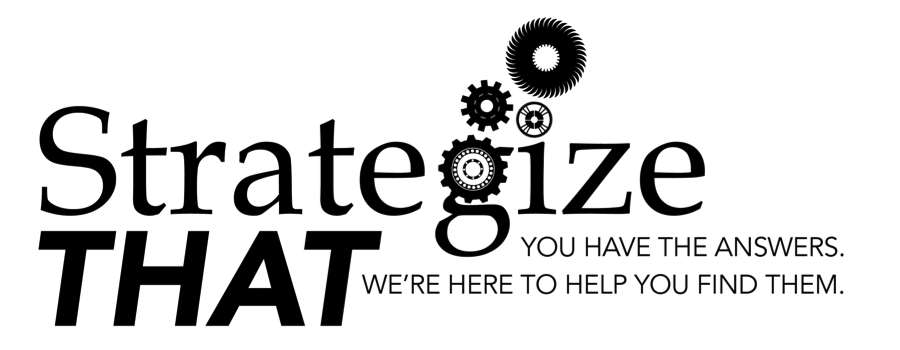One of the best ways to make your resume stand out is to talk about your work accomplishments. But too many people focus on their responsibilities or daily tasks instead, making their resumes look like a to-do list instead of a history of outcomes and results.
When you quantify your accomplishments on your resume, you make it easy for a hiring manager to see the kind of work you can do for their organization. “It makes it more tangible. It gives you credibility and a propensity for a more robust dialogue during the interview itself,” says Lori Scherwin, founder of career coaching firm Strategize That.
Here’s how to quantify your accomplishments at work.
Identify Your Outcomes
Think about the work you do daily and the kinds of results you’re seeking. Any improvements you’ve achieved in the course of your work are a good place to start. That may include lowering costs, raising output or sales, streamlining a process or improving a filing system. “ ‘Developed cost-containment strategy’ sounds nice, but ‘developed cost-containment strategy that led to 20 percent savings’ is better,” Scherwin says.
If there aren’t hard-and-fast improvements you can put a number to, look for other ways to quantify your achievements by adding context, Scherwin says, such as by saying you were the “top seller” on your team or that you managed a team to finish a project. The more information about the scope of your work you can provide, the better, she says.
List What’s Relevant
Don’t overload your resume with too many details — it can be overwhelming if it’s too long, Scherwin says. Instead, tailor your resume to the jobs and companies you’re applying for. Use the mission of the organization you’re applying to decide which achievements to highlight, she says.
This is especially important if you’re applying for a position that’s a little different than what you’ve worked on in the past, Scherwin says. Look for achievements that speak to how you will be successful in the job you’re applying for, not just the job you had. Provide a little information about how you drove the success so the hiring manager can see the unique value you bring, she says.
Pick a Format That Highlights Your Achievements
Once you’ve decided on the key achievements to include, list them as bullet points near the top of your resume. “Some people will try to force a number into every bullet point, but it’s OK if some don’t have numbers,” she says. Provide enough detail to give the hiring manager an idea of your skills and approach to work, but keep the bullet points brief.
It all comes down to painting a picture of what you could do for an employer, Scherwin says. When you highlight your value, you make it easy for the hiring manager to see why you’re a good fit.
